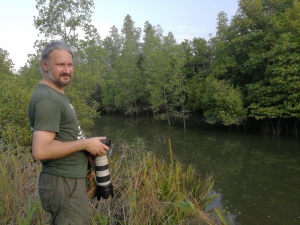Zhang, J., You, S., Niu, D., Gavilanez Guaman, K.G., Wang, A., Saqib, H.S.A., He, W., Yu, Y., Yang, G., Pozsgai, G. & You, M. (2021) Landscape composition mediates suppression of major pests by natural enemies in conventional cruciferous vegetables.
Agriculture Ecosystems & Environment,
316, 107455. DOI:10.1016/j.agee.2021.107455 (IF2021 6,576; Q1 Ecology)
NON-cE3c affiliated
Background
Conservation biological control provides an environment-friendly approach to improve the efficacy of natural enemies. Although numerous studies have demonstrated the potential of semi-natural habitats in promoting biological control in organic or unsprayed agroecosystems, few studies were conducted in conventional agricultural fields. In this study, we investigated the effects of landscape composition on the major pests of cruciferous vegetables and on the assemblages of their natural enemies in southeastern China.
Results
Habitat diversity, particularly increasing grassland proportion in the landscape, had a positive impact in controlling both small-sized pests (aphids, leaf miners, thrips and flea beetles) and Plutella xylostella. This increasing proportion also promoted greater abundance and diversity of canopy-dwelling predators, more forests supported a higher diversity of airborne enemies (parasitoids and canopy-dwelling predators) as well as a higher abundance of ground-dwelling predators. A general increase in habitat diversity was beneficial to parasitoids and ground-dwelling predators. Additionally, the proportion of forest, grassland, and non-cruciferous vegetable area, as well as habitat diversity, affected the compositions of natural enemy communities. Moreover, inconsistent effects of non-cruciferous and grassland habitats were found between sampling locations for small-sized pests and canopy-dwelling predators. Moreover, the scale at which pests' and natural enemies’ abundance and richness responded most to landscape composition varied with their feeding range and dispersal ability.

